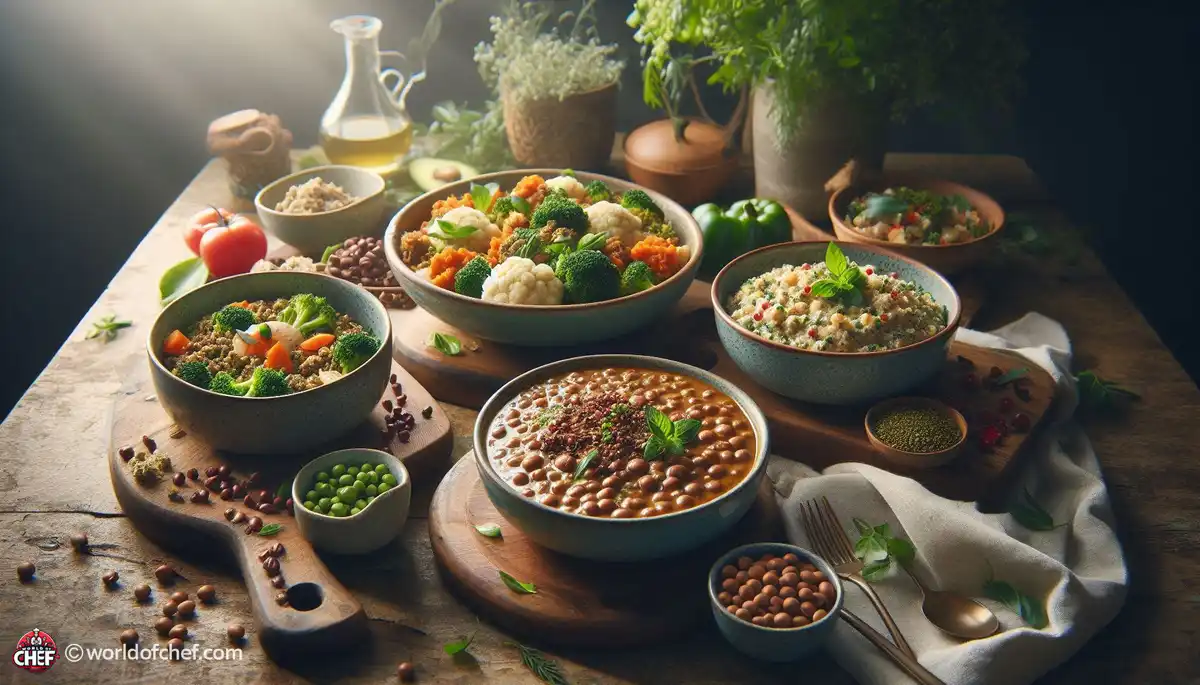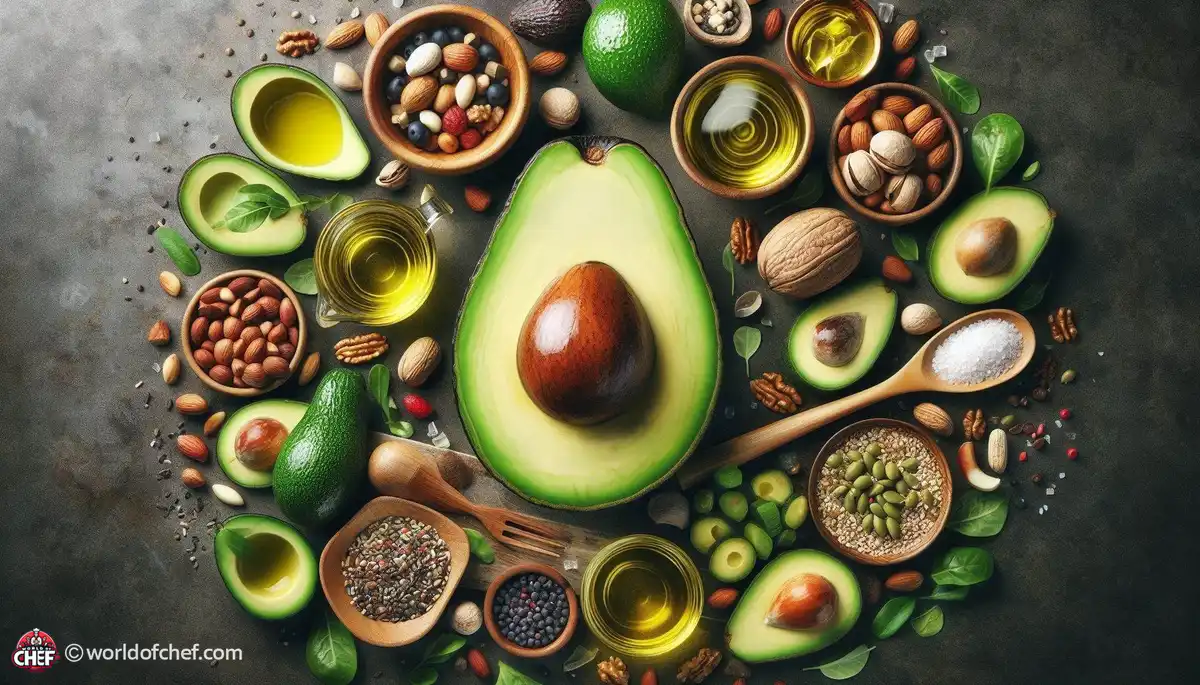
Dinner Delights: High-Fiber Recipes for Every Palate
Clarence Guido - Oct 7, 2024 - 7 min read


As many know, trying to get kids to eat vegetables is a very hard process. Whether it's broccoli or spinach, there seems to be an unexplained phobia of any color that's green in this land. As parents, we understand the value of balanced diets rich in vitamins and minerals, but when our little ones show hesitation at trying the good stuff in veggies, we wish this task were easy to handle at times.
Sneaking veggies into the diet of your child isn't about deception but getting them what they need for optimal performance. You are enriching the nutritional value of that meal and helping them branch out to other foods-things they may not be aware of-by using the vegetables in dishes they enjoy. Sneaking veggies can be a long-term, strategic way to guide kids towards healthy eating habits.
Resistance is one of the major challenges parents encounter in trying to introduce more vegetables to their child's diet. This is mainly because children may not like certain textures or flavors, thus becoming uncooperative about taking up new foods. It also happens that most families do not have enough time for healthy eating habits because they are busy and hardly spend any time preparing meals.
As parents, we desire our children be happy and satisfied with what they have been fed, alongside consuming all the nutrients needed to grow and develop properly. This is a thin tightrope to tread between the two, which is only more complicated with picky eaters present. Yet creativity and genius bring this near reality with such a dish that will be both tasty and nutritious.
The secret of parents is smoothies: a way of sneaking veggies into the diet of a child. Blended with fruits and other savory ingredients like yogurt and honey, they are deliciously healthy drinks that kids won't be able to refuse. Try adding spinach or kale to a berry smoothie or sneak carrots into a tropical blend for a colorful and nutrient-packed treat.
Who says veggies cannot form part of a dessert? Adding vegetables to baked products can be an easy way of getting them in the child's diet, which would not be easily detected by the child. Some sweet treats include carrot cake, zucchini bread, and sweet potato muffins, among others. Adding pureed or grated vegetables to the batter will help in improving the moisture and texture of the baked goods and, at the same time, introduce hidden nutrition.
Sauces and dips are one of the best sneaky ways of getting the veggies into the child's meals. With tomato sauce on pasta, hummus for dipping, or guacamole on tacos, the list goes on. The possibilities to add some veggies to those tasty accompaniments are endless. You can blend carrots, bell peppers, or squash in your sauces and dips to add a nice dose of vitamins and minerals without altering flavor.
There is nothing like a cool popsicle during the warm summer months. Instead of picking up store-bought, sugar-laden popsicles and artificial ingredients, consider making your own. You can blend a mix of fruits and vegetables like cucumber, strawberries, and spinach and freeze them in popsicle molds for a healthy, hydrating treat that kids love. Not only are veggie popsicles a fun and creative way to sneak in extra nutrients, but they're also a guilt-free indulgence for parents.
Children are very perceptive and often take up some of the practices of grown-ups, especially parents. Being a role model as well as having a very good attitude towards vegetables to ensure that they are not missing in your dieting, you would be doing your child a lot of good. Let your child see that you enjoy your different vegetables. Explain to him how delicious these vegetables happen to be and show the world that they should really be there as part of the meal for dinner.
The idea of engaging kids in the kitchen can be both a fun, educational activity, and the best way to encourage the child to eat new food. You can ask your child to help you in washing, peeling, and chopping vegetables while you prepare the meal. You can offer them a wide variety of textures and flavors in this hands-on activity. A child who participates in preparing the meal will tend to become more receptive to trying it.
Positive reinforcement can be very encouraging when it comes to getting the child to eat vegetables. Instead of dwelling on the things they don't want, praise them for at least trying the new food and appreciate the efforts for a healthy diet. Don't use forceful approaches or negative language; rather, gentle encouragement can get rid of tension and resistance built around mealtime.
Rome wasn't built overnight, nor healthy eating patterns. Thus, any effort to introduce vegetables to the diet of your child should not be taken lightly. It does not end the first time they refuse a novel vegetable or dish. You will and must continue introducing options and a willingness to experiment in preparation styles until you find what works for your child. Remember, every little step toward a healthier diet is a victory to be celebrated.
More vegetables in your child's diet need not be an intimidating challenge. Simply blend them into smoothies, bake them into sweet treats, or disguise them within sauces and dips-to make healthy eating fun and flavorful for your little ones. Healthy eating habits take patience and time, but once you persist and give enough positive reinforcement, your little one will grow up embracing nutritious foods. So feel free to get creative with the kitchen and sneak on some veggies onto your kid's plate-they won't thank you for now, but they will do in the long run.

Clarence Guido - Oct 7, 2024 - 7 min read

Lydia Timmerman - Oct 6, 2024 - 6 min read

Logan Trowbridge - Oct 6, 2024 - 7 min read

Wayne Tobar - Oct 4, 2024 - 8 min read